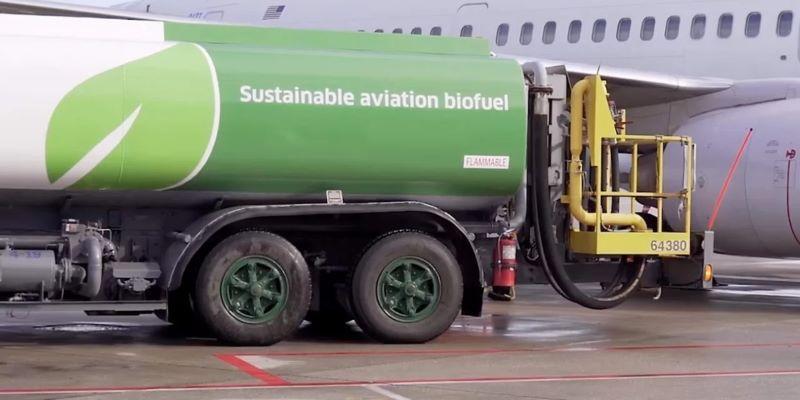
Honeywell UOP has developed a process to produce sustainable aviation fuel from ethanol.
Credit: Honeywell UOP
The Biden administration has released guidance on its tax credit for sustainable aviation fuel (SAF) that opens the door to using corn and soybeans produced by U.S. farmers as feedstocks. The guidance is a win for the agricultural lobby but attempts to put safeguards in place to ensure the fuel...
Subscription Required
U.S. Clears Path For SAF From Corn Ethanol is published in Aviation Daily, an Aviation Week Intelligence Network (AWIN) Market Briefing and is included with your AWIN membership.
Already a member of AWIN or subscribe to Aviation Daily through your company? Login with your existing email and password
Not a member? Learn how to access the market intelligence and data you need to stay abreast of what's happening in the air transport community.
